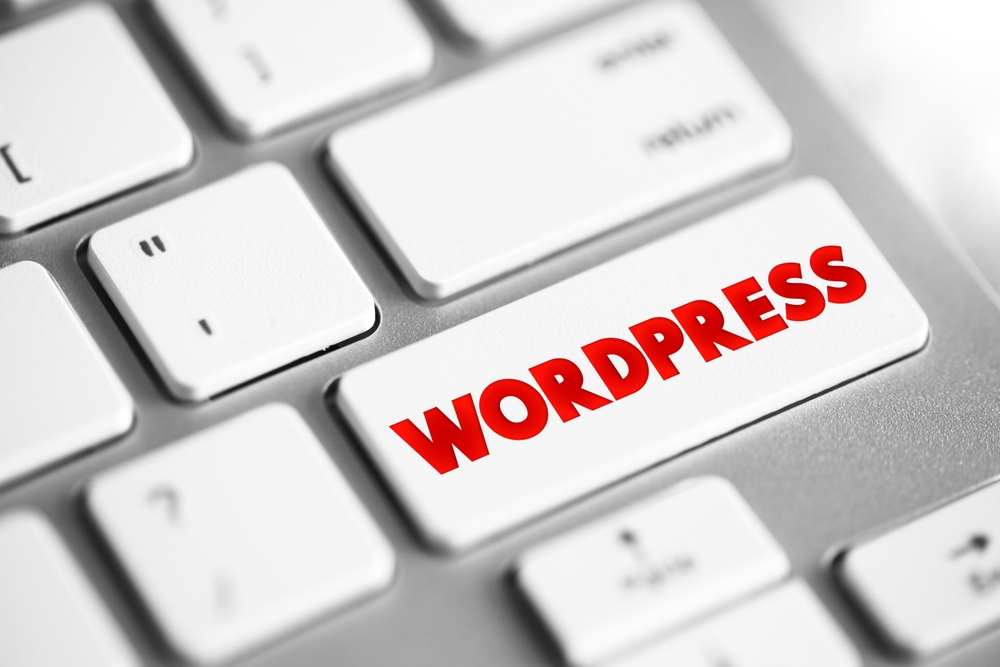
Whether you're a seasoned web developer or a beginner looking to establish your online presence, WordPress is an indispensable tool. With its user-friendly interface and extensive customization options, WordPress allows you to create stunning websites without any coding knowledge. In this article, we will explore some essential tips and tricks to help you make the most of WordPress (the platform for bloggers) , from customization to maintenance.
Customization Tips:
1. Choose a Professional Theme: The first step in customizing your WordPress website is selecting an appropriate theme. WordPress offers a wide range of free and premium themes that cater to various industries and styles. Look for a theme that aligns with your brand and provides the flexibility to modify its elements easily.
2. Customize the Appearance: WordPress (or WP) offers a built-in Customizer that allows you to personalize the appearance of your website. You can modify colors, fonts, logos, and other design elements effortlessly. Experiment with different settings to create a visually appealing and unique website.
3. Use Plugins: WordPress (the blogging platform) plugins add functionality to your website, enabling you to accomplish tasks beyond the core features. Whether you need SEO optimization, contact forms, or e-commerce integration, there's a plugin for it. Ensure you only install reputable plugins from trusted sources to maintain website security and performance.
4. Harness the Power of Widgets: Widgets are small blocks of content that enhance the functionality of your website's sidebars, footers, and other widget-ready areas. WordPress (WP) comes with a variety of pre-installed widgets, such as calendars, social media feeds, and search bars. You can also find numerous third-party widgets to extend your website's capabilities.
Maintenance Tricks:
1. Regularly Update WordPress: WordPress regularly releases updates that improve security, fix bugs, and introduce new features. To ensure your website remains secure and performs optimally, always update to the latest version of WordPress. Additionally, keep your theme and plugins up to date as well.
2. Back Up Your Website: Backup your WordPress website regularly to safeguard against data loss or system failures. Several plugins provide easy backup solutions, allowing you to schedule automatic backups and store them securely in the cloud. Should anything go wrong, you can restore your website quickly and effortlessly.
3. Optimize Website Performance: A slow-loading website can deter visitors and harm your search engine rankings. Use caching plugins to optimize your website's performance by storing static versions of your pages. Additionally, compress and optimize images, clean up your website's database, and remove unnecessary plugins to improve loading times.
4. Secure Your Website: WordPress is a popular target for hackers due to its widespread usage. To secure your website, enable a security plugin that offers features like two-factor authentication, malware scanning, and firewall protection. Regularly review your website for vulnerabilities and take necessary measures to protect it from potential threats.
5. Monitor Website Analytics: Understanding your website's traffic and user behavior is crucial for its success. Integrate Google Analytics or similar tools with your WordPress website to gain insights into visitor demographics, popular pages, and conversion rates. Use these analytics to refine your website's content, design, and marketing strategies.
Frequently Asked Questions:
1. How do I install WordPress on my website?To install WordPress, you need a hosting provider that supports it. Sign up for a hosting plan, and most providers offer a one-click WordPress installation option. Follow their instructions, and you'll have your WordPress website up and running in no time.
2. Can I customize the design of my WordPress theme?
Yes, WordPress offers extensive customization options. You can modify the theme's appearance using the built-in Customizer or by editing the theme's code. However, it's recommended to use a child theme to make your customizations, ensuring they won't be lost during theme updates.
3. Can I switch themes without losing my content?
Yes, WordPress allows you to switch themes easily. Your content, such as posts, pages, and media, remains intact even after changing themes. However, the new theme's design elements and layout may require modifications for optimal presentation.
4. How often should I update my WordPress installation and plugins?
Frequent updates are crucial to ensure your website's security and performance. WordPress updates should be installed as soon as they become available. For plugins, check for updates regularly and install them promptly. If you're using reputable plugins, updates should not cause any compatibility issues.
5. Do I need any coding knowledge to use WordPress?
No, you don't need any coding knowledge to use WordPress. The platform is designed for ease of use, allowing users to create and manage websites without writing code. However, having basic HTML and CSS knowledge can help you make more advanced customizations if desired.
In conclusion, mastering WordPress is essential for website customization and maintenance. By following the tips and tricks outlined in this article, you can create a visually appealing and functional website while ensuring its security and performance. Experiment with different settings, install reliable plugins, and keep your WordPress installation up to date to unlock the full potential of this powerful platform.
Other useful resources
- https://www.wordpress24plus.com/services/wordpress-development/
- https://www.wordpress24plus.com/wordpress-tools-directory/wordpress-plugins/
- https://www.wordpress24plus.com/wordpress-tools-directory/